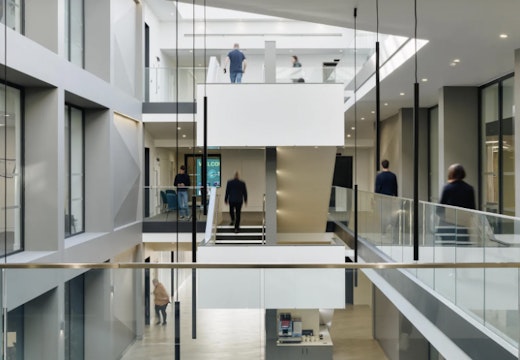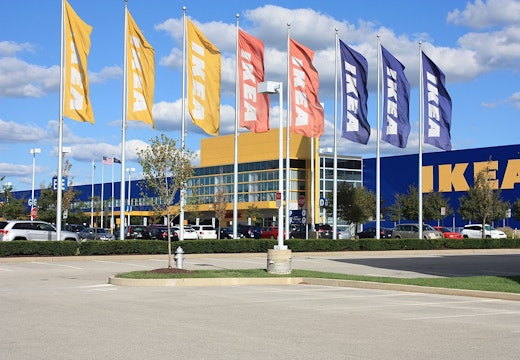Beyond accessibility: what’s next for the inclusive Danish workplace?
A new report from Design Denmark takes a deep dive into the future of work and outlines key themes which will become crucial to developing a more sensory and sustainable workplace
As Scandinavian businesses step up to take the next step in workplace transformation, a new whitepaper from Design Denmark discusses what the future of work may look like. Compiled with the help of a group of philosophers, anthropologists, designers and psychologists, the report identifies key themes that will become central to employee needs and creates a roadmap for change.
Going beyond diversity
Design Denmark suggests that designs for the workplace of the future will go beyond the current expectation for accessibility and consider how employees will experience the workplace differently during different periods of their life. Whether related to psychological or physical factors, our experience of the world around us will change.
‘Designers have started to look at space in terms of psychological frameworks…’
Workplaces that don’t account for this will be left behind, whereas workplaces that design for true diversity will be more productive, innovative and attract more talent. Designers have started to look at space in terms of psychological frameworks, making sure that there is workspace that can support the fluctuating moods and needs of employees.
This includes creating space for introverted people to work quietly and feel comfortable as well as space for more extroverted people to socialise and be seen in the office. Sensorial maps play a role in this design process, providing a view into what an employee might think or feel within different spaces.
Making meetings manageable
Most of us spend hours and hours every week in meetings and whilst some of these will be productive, not all of them will be. And whilst both remote and in-person meetings are unlikely to disappear completely, how we manage them will have to change.
According to Claus Sneppen from the Copenhagen Institute for Future Studies, there are three types of meeting: the co-producing, the co-aligning and the co-creative meeting. These types of meeting vary in terms of their importance and their complexity, with co-producing at the bottom of that scale and co-creating at the top. These types of meetings require different things and need different types of decisions made about how and where to host the meeting.
The more likely a meeting is to be complex and important, the more likely that it should be had in-person. Having a framework in place for making these decisions ensures that the right decisions are made about how to facilitate meetings.
Workplace as sensory experience
The Design Denmark report notes that in recent years designers have ignored much of the sensory aspect of the workplace, focusing only on what we see and hear instead of our complete sensory experience. Furthermore, more people are becoming susceptible to sensory overload, which is partly related to our detachment from nature. The report provides advice for reconnecting the workplace to the natural environment and incorporating all five senses into the space, including having lavender or peppermint scents on each desk.
Reusing space
While big-budget offices have been redesigned after the pandemic, smaller firms with smaller spaces might struggle to adapt their space to modern work. New strategies are already being adopted to cater to the needs of smaller companies and offer the same experience in a smaller space. One of these strategies relates to space reuse and having spaces that can easily fulfil different needs as and when circumstances change.
Reuse is also crucial when thinking about furniture. No longer will getting rid of your all furniture and bringing in the new be the standard when a designer comes in to assess your workspace. Designers need to think more about how the furniture you already have can be altered to meet your needs or how you can use recycled furniture in your workplace.
Find out more about Design Denmark’s prediction for the future of the workplace here.








